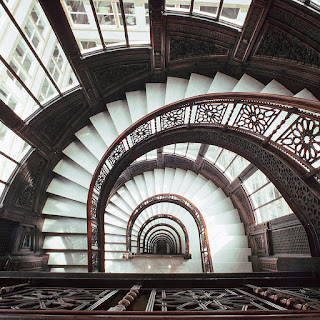The industrial style has been around since the foundation of the first factories in the country. From large establishments, the design has made its way to office spaces, restaurants, and homes. There’s so much to love about the architectural approach; it's no secret that it’s a favorite among designs. John Eilermann.
Although the timeless, industrial design has become more and more popular among homebuilders over the past few years. It’s been part of all the trend lists for years and is not showing signs of stepping down. When one thinks of this architectural design, tall windows and exposed systems come to mind. Some may not imagine their tiny homes getting flipped to look industrial-inspired. The truth is, space will never be an issue for this design. John Eilermann.
The industrial design gives no fuss and offers no non-sense. For many, its straightforward approach to building and design is what’s so captivating about it. It provides favorable flexibility with the kind of furniture that would match, and ventilation is king. Small apartments may have issues with proper ventilation until the industrial designed is employed. John Eilermann.
Even with its simplicity, the industrial design is bold, mixing both the old and the modern. The natural and bare materials and finishes require no aesthetic tricks. Environment-friendly individuals appreciate this design as it promotes the use of recycled and recovered materials. The lighting, furniture, and décor are a joy to fix into this type of design as it encourages creativity through its plainness. John Eilermann.
 |
Image source: pinterest.com
|
 |
Image source: thespaces.com
|
Although the timeless, industrial design has become more and more popular among homebuilders over the past few years. It’s been part of all the trend lists for years and is not showing signs of stepping down. When one thinks of this architectural design, tall windows and exposed systems come to mind. Some may not imagine their tiny homes getting flipped to look industrial-inspired. The truth is, space will never be an issue for this design. John Eilermann.
The industrial design gives no fuss and offers no non-sense. For many, its straightforward approach to building and design is what’s so captivating about it. It provides favorable flexibility with the kind of furniture that would match, and ventilation is king. Small apartments may have issues with proper ventilation until the industrial designed is employed. John Eilermann.
Even with its simplicity, the industrial design is bold, mixing both the old and the modern. The natural and bare materials and finishes require no aesthetic tricks. Environment-friendly individuals appreciate this design as it promotes the use of recycled and recovered materials. The lighting, furniture, and décor are a joy to fix into this type of design as it encourages creativity through its plainness. John Eilermann.














